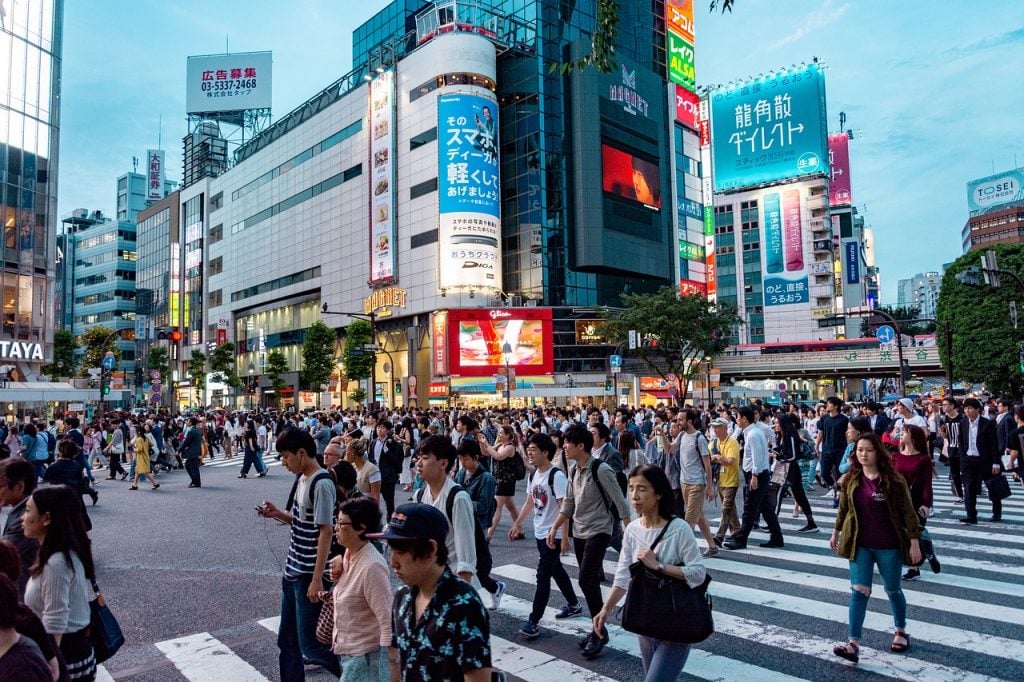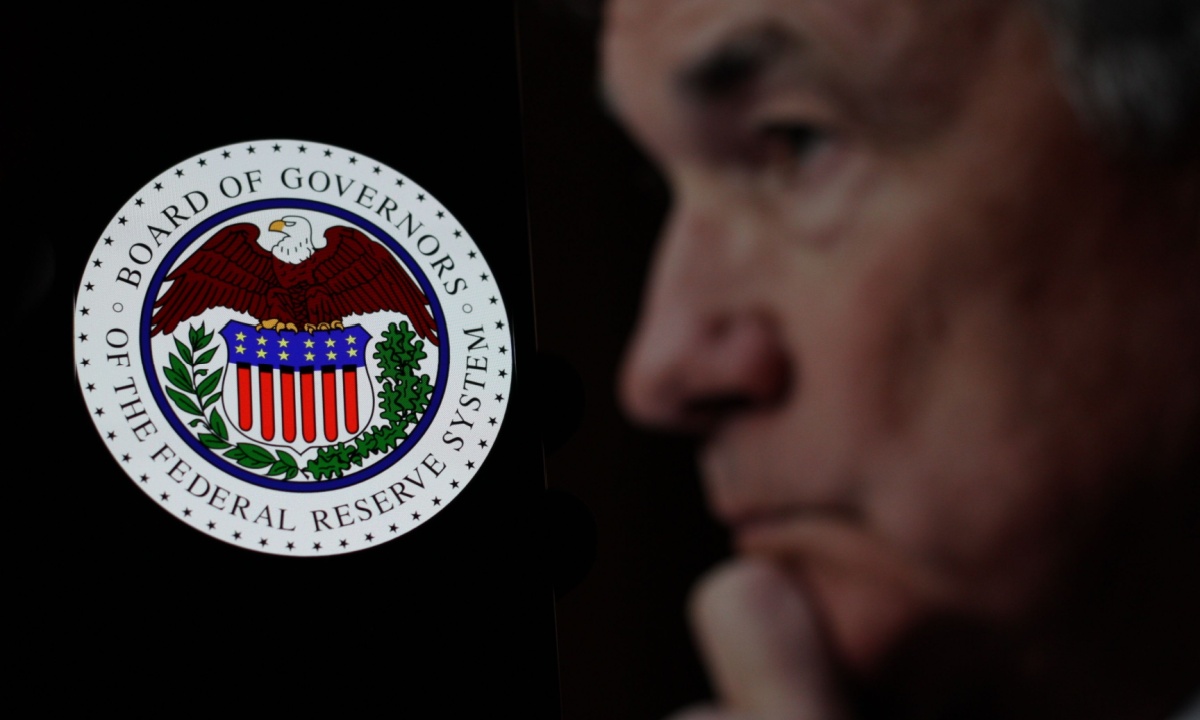Japan’s economy was in the red again in the third quarter, following slight growth in Q2. Official data released on Monday show that Japan‘s Gross Domestic Product (GDP) shrank between July and September much faster than expected, with a drop of 0.8% compared to the previous quarter.
Q3 2021 hedge fund letters, conferences and more
Japan’s Economy
According to government statistics, the decline in domestic consumption during the state of emergency in the summer, as well as interruptions in the global supply chain, are among the main causes of these unflattering figures.
As reported by Reuters, global supply disruptions hit exports and business spending as new COVID-19 cases affected consumer sentiment, “hence undermining efforts to stoke a virtuous growth cycle.”
The market forecast for the world’s third economy in the third quarter anticipated an annualized contraction of 0.8%, which has ended up being 3%. Very optimistically, the quarter-on-quarter contraction was estimated at 0.2% but it hit 0.8%.
"The drop has been much larger than we expected due to supply chain constraints, which have severely affected both production and CAPEX," says Takeshi Minami, chief economist at Norinchukin Research Institute.
“We expect the economy to recover in the current quarter, although it will do so at a slow pace, since even after restrictions to contain Covid-19 were relaxed at the end of September, the consumption data is not very positive,” he added.
Great Impact
As the revised statistics showed, between April and June, the Japanese GDP had advanced 0.4% compared to the previous quarter and a 7.6% year-on-year, driven by the increase in consumption and corporate investment.
The rebound in the number of Covid infections due to the delta variant in June, however, forced the administration of then-Prime Minister Yoshihide Suga to declare a state of emergency in 21 of the 47 Japanese provinces.
The restrictive measures, which ended on October 1, led to a 1.1% drop in consumer spending during the third quarter after a 0.9% rise in the previous quarter, and a 3.8% drop in CAPEX after growing 2.2% in the second quarter.
Exports –the other driver of Japan’s economy– fell by 2.1% compared to the previous quarter, impacted by the chip shortage, the reduction in car production, and supply chain cuts.
According to a Reuters survey, analysts expect the Japanese economy to grow by 5.1% annualized in the current quarter, driven by the reactivation of consumption and a rise in car manufacturing. Also, Britain recorded its slowest recovery since lockdown in the same period.













